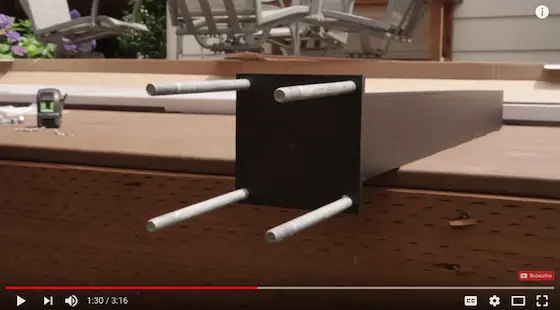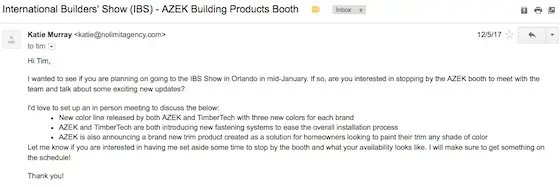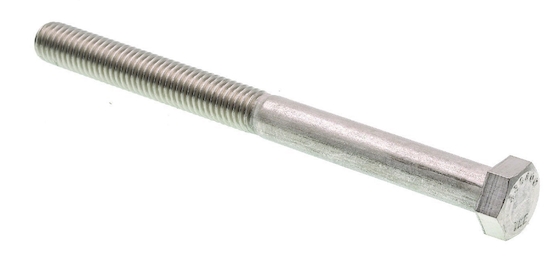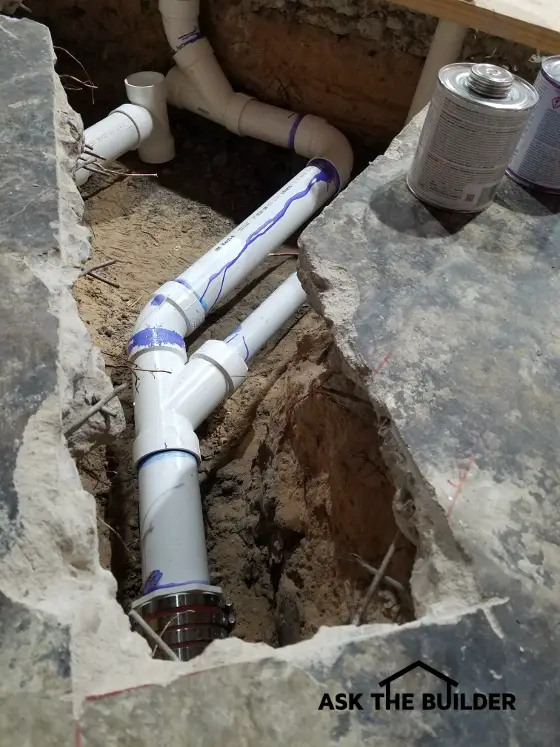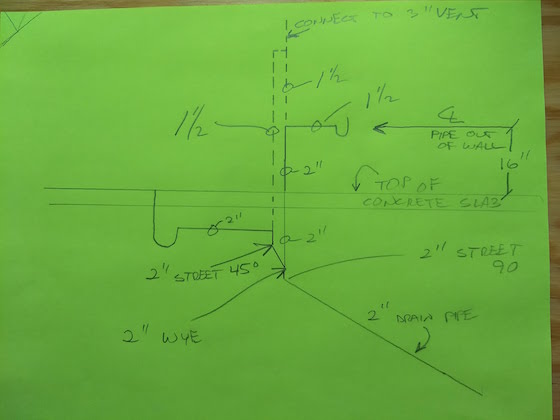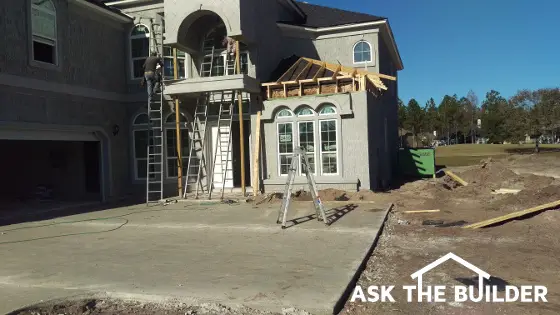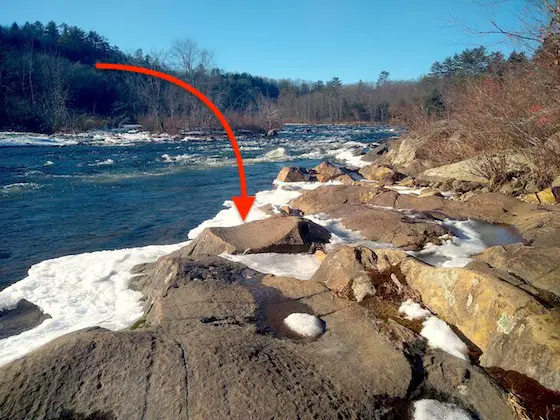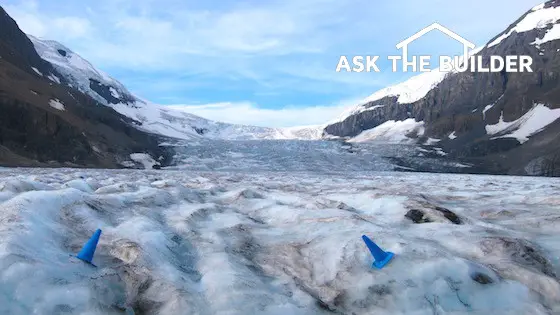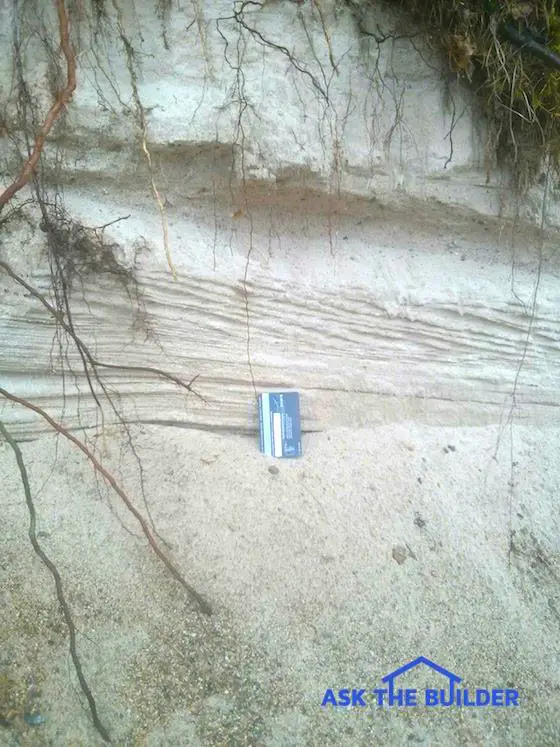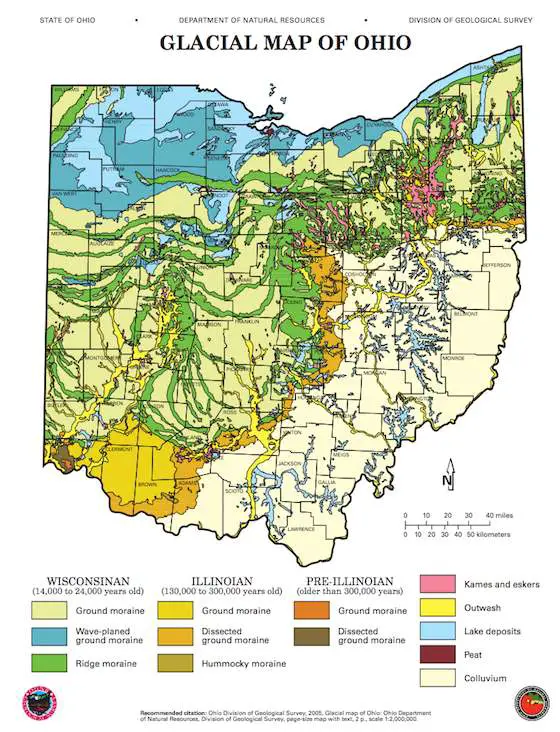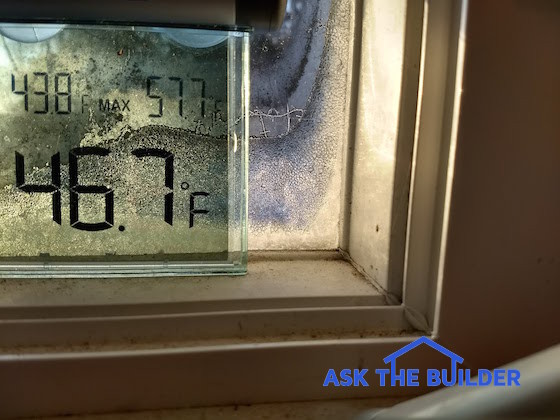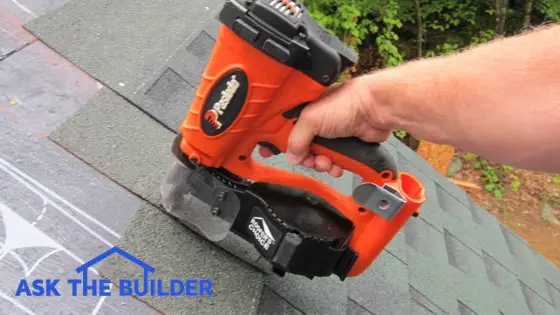The past three days, we've been blessed with the January Thaw here in central New Hampshire. It's been a welcome relief and my boiler has finally been able to take a well-deserved break!
Two days ago, I was in Orlando, Florida getting ready to ride to the airport in my first Lyft ride. It was near 70 F and the three days I was in FL were both fun and work.
I'll bet I walked fifteen miles in two days back and forth between the two convention halls and up and down through the halls. In the rush to leave, I couldn't find my darn Fitbit!!! That would have kept track for me.
Cabs are DOOMED!!!! Using the Lyft app to get a ride to the airport was a hoot. A cab ride was over $45.00.
My Lyft ride with Alberto was $20.36. The Lyft app is so intuitive. Be sure you have your phone's GPS on when you fire it up.
The Builders Show Wrap Up
This was a very strange show for me. Tuesday was a long day. The highlight of the day was a media dinner where I was hypnotized along with five other members of the audience.
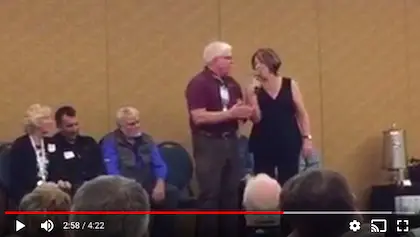
I've always wanted to be hypnotized. Let me assure you, it's REAL.
The hypnotist was a comedian and those in the audience got lots of laughs watching us do silly things on the stage. In the video screenshot above, the hypnotist told me to count my fingers, but the number SIX does not exist.
I was so confused when I got to eleven fingers!
I have NO MEMORY at all of any laughter. I thought I was out for five minutes. Several in the audience who saw me the next day said, "Five minutes? Are you joking? You were down for at least 45 minutes, probably more like an hour."
HOLY MOLY!
I was very relaxed after coming back to reality and I'd do it again in a heartbeat. If you ever have the chance to get hypnotized, do it.
The next morning got off to a very bad start. I had an early breakfast meeting with the folks at DAP. It was a total fiasco.
It's a very long story, but they showed me two new products they were excited about. One is an exterior spackling compound and the other is a glue. DAP is trying to go after Liquid Nail and other glue-in-a-tube manufacturers.
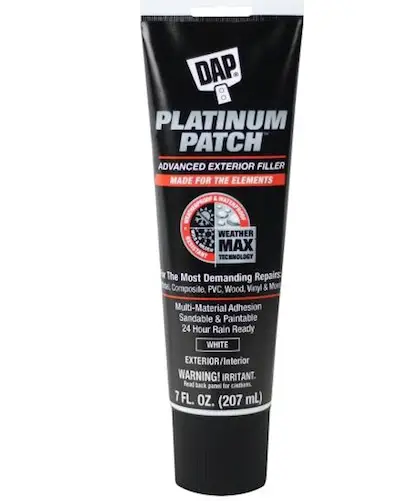
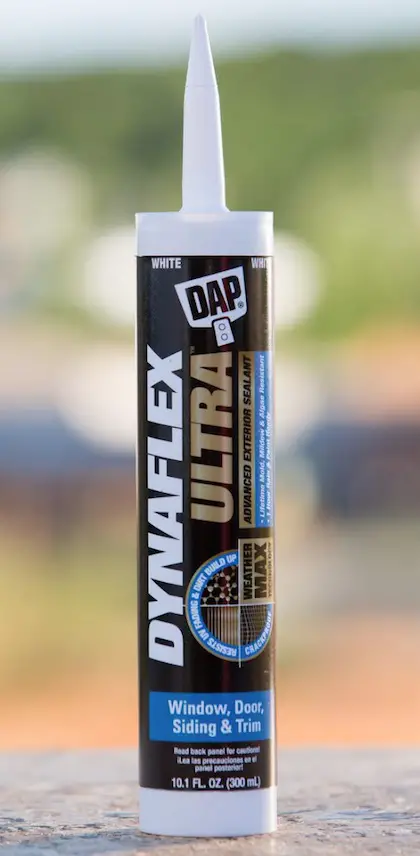
I was introduced to the two product managers. One was a very nice young woman and the other a young man. I'd be willing to bet $100 neither was over 27 years of age.
The young woman told me all about the things outside you could use the Platinum Patch on: vinyl siding, fiber cement siding, wood, concrete, paver brick, brick, etc.
I listened politely then said, "How long does it take to cure?"
I'm pretty certain she said twenty-four hours.
I believe there was only one other media person that came to the event so a few of the DAP people had gathered around me.
"Can you tell me what happens after 48 hours when I decide to clean my patched driveway? I'll roll my 3200 PSI pressure washer out of my garage, put the 15-degree tip on the wand and aim it 4 inches away from your new filler."
No response. You could hear a pin drop.
"Wait. You mean you didn't test to see how your magic filler stands up to a pressure washer? The general public uses these destructive machines to clean just about anything. What happened when you tested the patched vinyl and fiber cement siding using the pressure washer?"
Silence. From their reaction, I felt they had not done the tests, or if they had, they were unwilling to share the results.
The young man told me about the new magic glue. He talked about how it would be excellent to use to install ceramic tile on a wall.
In fact, he had me glue a 12x12 piece of tile to a sheet of drywall that was on a display wall in the booth.
"Have you ever installed ceramic tile at a real job site?"
"No," he answered.
"Do you know how ceramic tile is installed?"
"Not really," he replied.
I proceeded to tell him how it was done and suggested that when the show opened he ask booth visitors what they did for a living in case a tile setter came to the booth.
This would save the young man from being embarrassed.
I shook my head and left the DAP booth. Believe me, they were quite happy I was gone.
Moral of the Story:
Be VERY CAREFUL about new products and use LOTS of common sense when you think about how the product may react to normal wear and tear. Ponder what may happen to the product AFTER it's installed.
The Azek Disaster Meeting
Less than an hour after leaving the DAP booth, I found myself at the Azek booth. Azek is known for making exterior plastic trim boards and other outdoor products for your home.
I listened to their pitch about their new deluxe trim products. The wheels fell off as soon as they showed me an aluminum deck railing system.
You're NOT GOING TO BELIEVE WHAT HAPPENED.
CLICK HERE and read this story.
Please do me a HUGE FAVOR.
If you have a shocked reaction to the story after taking the one-question survey at the end, PLEASE leave a comment at the bottom of the story.
Remember, I have to manually APPROVE comments to keep SPAM and haters at bay.
After you click Submit, your comment doesn't automatically appear. Just be patient as I'll approve it when I see it come in.
That's enough for today.
Please oblige me and leave a comment at the bottom of the Azek story. Be SURE to answer the question at the bottom!!
Tim Carter
Founder - www.AsktheBuilder.com
Man Who Asks Probing Questions
Do It Right, Not Over!
